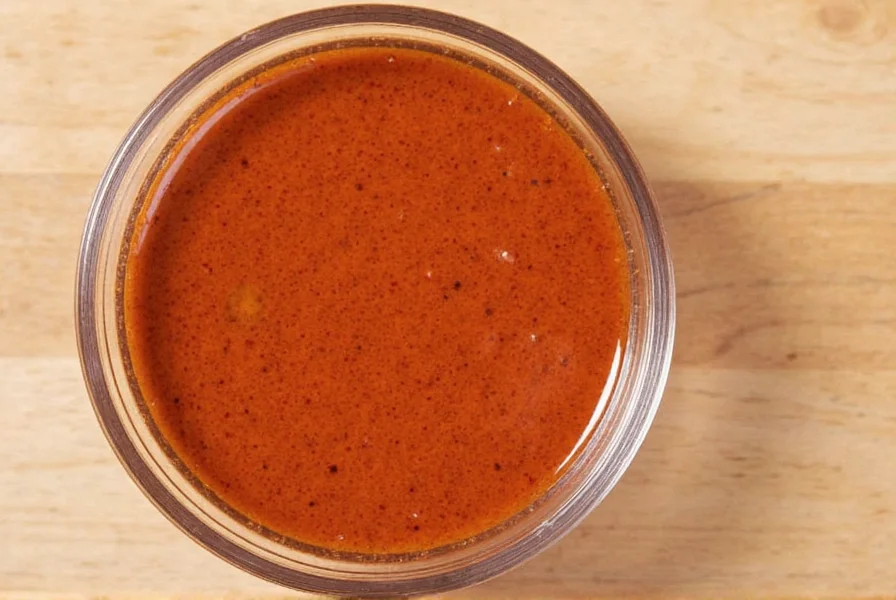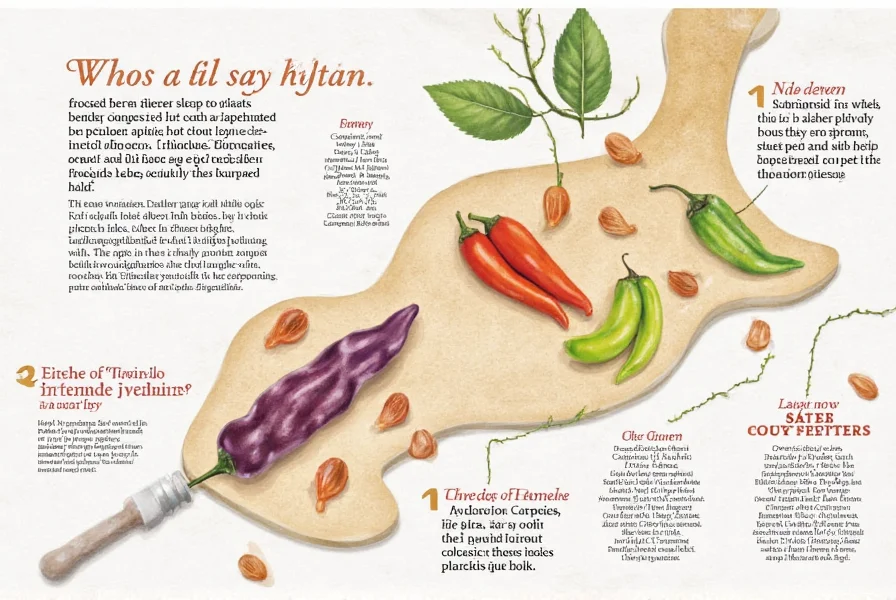Curious about capsicum hot peppers? Capsicum hot peppers (also called chili peppers) are fruits from the Capsicum genus known for their heat due to capsaicin. They range from mild to extremely hot, measured on the Scoville scale. This guide covers essential information: heat levels, culinary uses, health benefits, safe handling, and storage tips to help you use them confidently in cooking.
Spice Levels and Heat
| Pepper Type | Scoville Units | Heat Level |
|---|---|---|
| Jalapeño | 2,500 - 8,000 | Mild to Medium |
| Serrano | 10,000 - 25,000 | Medium to Hot |
| Habanero | 100,000 - 350,000 | Hot to Extremely Hot |
| Ghost Pepper | 1,000,000+ | Extremely Hot |
Keep in mind that heat varies by ripeness and growing conditions. For example, a ripe red jalapeño is typically hotter than an unripe green one. Capsicum hot peppers are versatile: use them fresh in salsas, roasted for smoky flavor, dried for powders, or infused in oils for dressings.

How to Use Capsicum Hot Pepper
- Chopping and Sautéing: Dice or slice peppers for salsas, stir-fries, and stews. Always wear gloves when handling hot peppers to avoid skin irritation.
- Roasting: Enhance natural sweetness with smoky depth. Try roasting poblanos for sauces or sandwiches.
- Drying and Grinding: Create homemade chili powders or spice blends by drying and grinding peppers.
- Infusing Oils and Vinegars: Add whole or chopped peppers to oil or vinegar for spicy dressings and marinades.

Buying Guide: Choosing the Right Capsicum Hot Pepper
1. Fresh vs. Dried
Choose fresh peppers for bright, zesty flavor in immediate use. Dried peppers offer concentrated flavor for powders, infusions, or long-term storage.
2. Variety Recommendations
- Jalapeño: Perfect for beginners—mild enough for most palates but adds a noticeable kick to tacos, nachos, or guacamole.
- Habanero: Ideal for fruity, smoky salsas and hot sauces. Use sparingly due to intense heat.
- Ghost Pepper: For experienced spice lovers only—use in tiny amounts for extreme heat in specialty dishes.
3. Quality and Ripeness
Look for firm, smooth peppers with vibrant color. Ripe peppers (red, orange, or yellow) are sweeter and hotter than green ones. Avoid bruised or soft spots.
4. Storage Tips
Fresh peppers: Store in refrigerator in a plastic bag for up to 2 weeks. Dried peppers: Keep in airtight containers away from light and heat for months.
Culinary Uses and Pairings
- Hot Sauces: Blend peppers with vinegar, garlic, and salt for customizable heat. Try adding fruit like mango for balanced flavor.
- Stuffed Peppers: Fill jalapeños with cheese, rice, or meat for appetizers. Roast for extra depth.
- Spiced Snacks: Sprinkle crushed pepper flakes on popcorn, nuts, or roasted vegetables for a savory kick.
- Marinades: Infuse meats or tofu with chopped peppers, lime, and herbs for flavorful grilling.
Pair capsicum hot peppers with complementary flavors: tomatoes for salsas, cheese for nachos, garlic and onion for savory dishes, and lime for brightness. These combinations balance heat and enhance overall taste.
Frequently Asked Questions
What is the difference between capsicum and chili peppers?
"Capsicum" is the botanical name for the genus that includes both sweet and hot peppers. "Chili" or "chile" typically refers to hot varieties. All hot peppers are capsicums, but not all capsicums are hot (bell peppers are capsicums but mild).
How can I reduce the heat if I've added too much capsicum hot pepper to my dish?
Add dairy like yogurt or milk (capsaicin is fat-soluble), increase other ingredients to dilute heat, add sweetness with honey or sugar, or use acidity like lime juice. Starchy foods like rice or bread also absorb excess heat.
Are capsicum hot peppers healthy?
Yes! They're rich in vitamins A and C, antioxidants, and capsaicin may help with pain relief, metabolism, and inflammation. Consume in moderation if you have a sensitive stomach.
Why do my hands burn after handling hot peppers, and how can I prevent this?
Capsaicin causes burning. Always wear gloves when cutting or seeding peppers. If burned, wash hands with soap and oil (capsaicin is oil-soluble), or use milk to neutralize the compound.
Can I grow capsicum hot peppers at home?
Yes! They thrive in warm temperatures (above 70°F/21°C) with full sun and well-draining soil. Start seeds indoors 8-10 weeks before last frost, then transplant outdoors.
What's the best way to store capsicum hot peppers?
Fresh peppers: Refrigerate in a plastic bag for up to 2 weeks. Freeze whole or sliced for longer storage. Dried peppers: Store in airtight containers away from light and heat.
Conclusion
Capsicum hot peppers are a versatile kitchen essential that add flavor, heat, and health benefits to any dish. By understanding heat levels, using safe handling techniques, and experimenting with pairings, you can confidently elevate your cooking. Start with mild varieties like jalapeño and gradually explore hotter options to find your perfect spice level.










 浙公网安备
33010002000092号
浙公网安备
33010002000092号 浙B2-20120091-4
浙B2-20120091-4